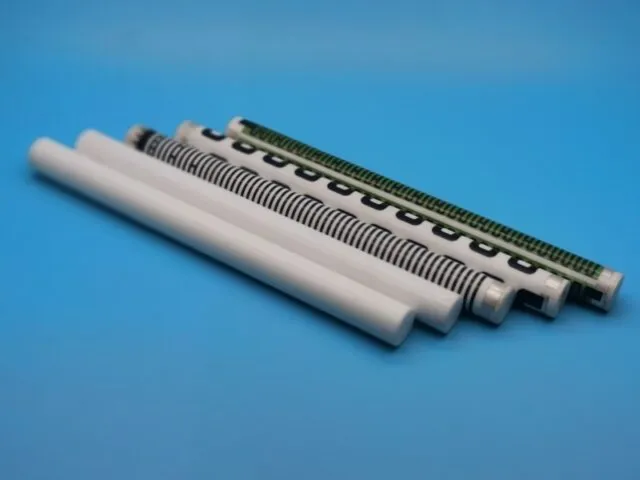Among the wide range of advanced and structural ceramics available today, silicon nitride stands out and is often referred to as the “King of Structural Ceramics” thanks to its well-balanced performance across multiple properties. It is particularly suited for applications involving significant mechanical vibration, thermal shock, and high current surges, and where high reliability and stability are essential. The purity, particle size, and crystal structure of silicon nitride powder play a critical role in shaping the forming process, sintering behavior, and ultimate material properties. This makes the powder preparation process especially important.
![]()
Silicon nitride ceramic components exhibit outstanding mechanical, thermal, electrical, and chemical characteristics, making them highly valuable across various industries. For instance, Si₃N₄ ceramics serve as an excellent material for producing high-performance ceramic substrates. Below are several common application areas for reference:
1. Refractory Materials: Thanks to its high melting point, superior hardness, and low thermal expansion coefficient, silicon nitride performs exceptionally well as a refractory material. It is commonly used to produce refractory bricks, castables, and coatings in high-temperature kilns and equipment within the steel, non-ferrous metal, and glass industries.
2. Electronic Components: Silicon nitride is employed in the production of semiconductor chip packaging, heat sinks, and insulating substrates. It is also used in microwave communication devices and optoelectronic components.
3. Abrasive Components: This material is ideal for manufacturing abrasive tools such as grinding wheels, grinding heads, and abrasive discs, which are used in the precision grinding of hard materials, including steel, non-ferrous metals, and glass.
4. Bicycle Industry: Owing to its excellent high-temperature mechanical strength, wear resistance, and corrosion resistance, silicon nitride parts are used in demanding applications such as ceramic engine components, cutting tools, bearings, and molds. In the bicycle sector, high-performance components increasingly incorporate silicon nitride ceramic bearings and rear derailleur pulley systems, often manufactured using injection-molded carbon fiber technology.
5. Aerospace Materials: With its remarkable mechanical properties and corrosion resistance, silicon nitride is suitable for critical aerospace applications. These include engine components, wing and fuselage parts, as well as satellite elements such as solar panels and antennas.
6. Automotive Industry: In automotive engineering, silicon nitride is used to produce engine parts, brake pads, clutch plates, and other high-stress components. It is also found in advanced tire and wheel hub designs.
In summary, silicon nitride is a versatile inorganic non-metallic material with a broad and growing range of applications. As technology continues to evolve, its use is expected to expand into new and innovative areas.



